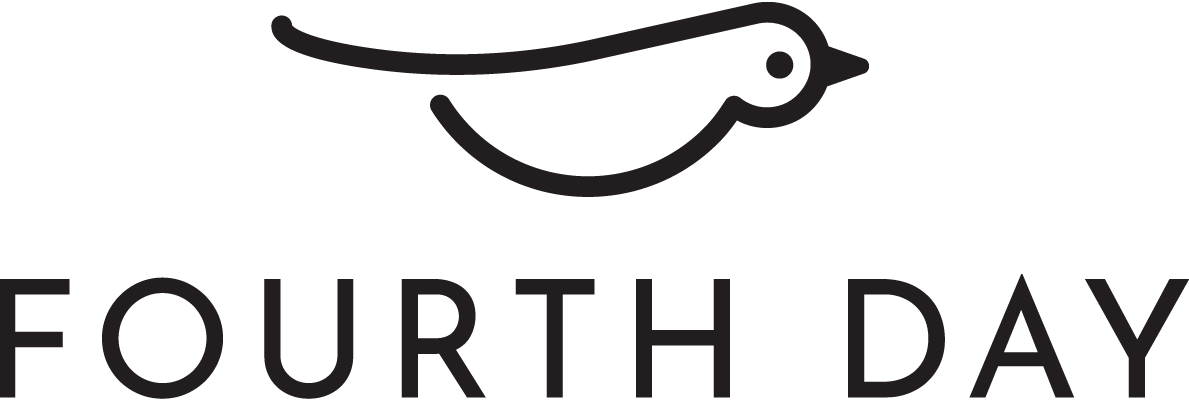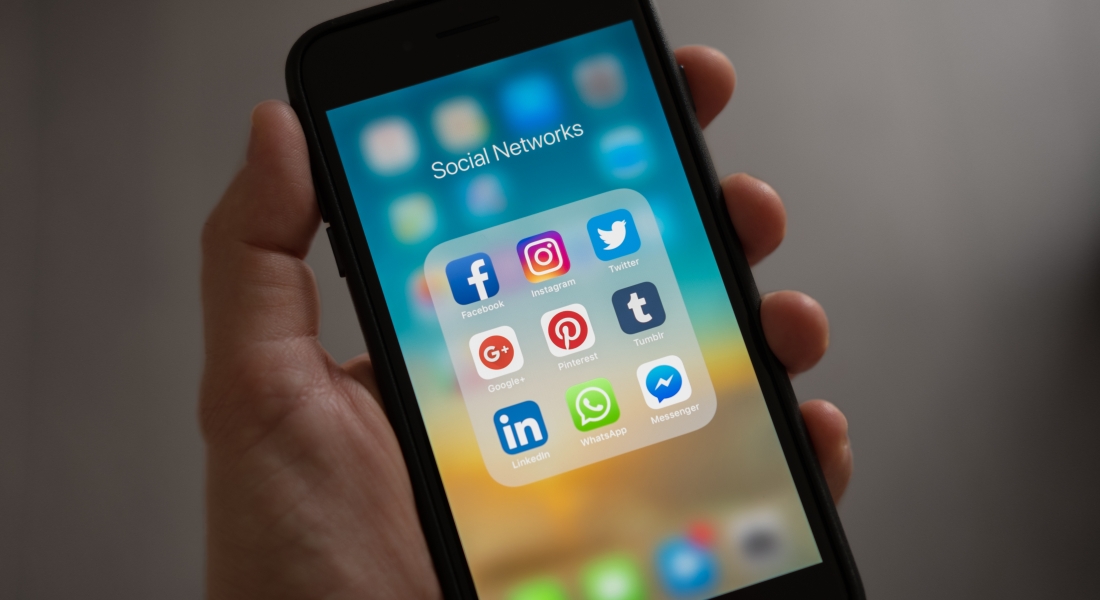W ith many of us currently social distancing and working from home, we’re needing to find new ways to communicate. While we can’t catch up in the meeting room anymore, Zoom or other video-conferencing tools have stepped in. We can’t have quick chats in the break room, or across our desks, so Slack and other messaging services are being used. The ways we normally communicate in-person are being transferred online – but, even before this was a necessity, LinkedIn was looking at ways to bring casual workplace communication online.
LinkedIn has announced it is testing Snapchat-style Stories in an attempt to bring a more casual way of communicating to the platform. The networking site is the latest social media platform to add the Stories function, following Snapchat, Instagram, Facebook, and YouTube. But is the addition better late than never? Or is it just chasing a trend? As the UK population shifts to temporary home working, we wanted to explore why LinkedIn has adopted this feature and if it will really take off.
Stories are not a new idea. Some have been a big success, while others have failed spectacularly. The function – 15-second videos that stay on a user’s profile for 24 hours before being deleted – started on Snapchat in 2013 and then gained huge popularity when Instagram ripped it off for itself in 2016. However, sites like Facebook and YouTube have also taken on the idea with little to show for it – users either seem to think they have no use on these sites, are inferior versions of the Instagram model, or aren’t even aware of them at all.
So, what made Instagram Stories a success where others failed? What can LinkedIn learn from its predecessors in order to avoid the many pitfalls? And what does a LinkedIn Story even offer to the platform?
The reigning champ
Instagram seems to be the king of the Stories feature and if you compare its version to that of Facebook or YouTube it quickly becomes apparent why. Instagram took the foundation that Snapchat created and gave it a set of new tools for people to play around with. You could now tag your friends, add music, add filters, loop, reverse, slow down and speed up videos, and use hashtags to boot. Instagram had taken Stories and put its own identity into the feature, making it something completely new.
It hasn’t stopped there though. Instagram has opened up the platform to allow users to create their own weird and wonderful AR filters and effects, everything from ‘Which Disney Princess Are You?’ to ‘You the Tank Engine’ – a filter that stitches your face onto the front of the friendly steam train. These features have kept users interested with constantly updated lists of wacky additions to their Stories – but where would this fit with LinkedIn?
Making it their own
LinkedIn’s version presumably won’t centre around getting managers or directors to see themselves as anthropomorphised steam trains, but it can’t follow the Facebook route with few tools or innovation and, subsequently, few users either. LinkedIn has to figure out what a Story might look like and how it can fit within its specific networking platform? Stories could offer a chance to publicise the smaller, everyday aspects of working life without filling up the feed; showcasing instances of teamwork, or celebrating the successes or initiatives that feel more suited to the short-lived nature of a Story than being permanently on the newsfeed.
Pete Davies, Senior Director of Product Management at LinkedIn, who announced the feature on February 26th, wants LinkedIn Stories to capture the casual nature of break room or watercooler conversation, “We want a way to just make a connection, have a laugh with our colleagues and move on” Davies said. Besides replicating office banter online, Davies also added that Stories can be used for sharing moments from work events, or brief clips to give advice on how to work smarter and more effectively. The 15-second videos put the emphasis on short messages with nuggets of advice, information, or entertainment; rather than extensive live videos.
There is interest in LinkedIn Stories, but some have been quick to mention how a similar feature was attempted a couple of years ago with Student Voices, a Story feature limited to US college campuses where students could upload short videos to their Campus Story for the week. However, the feature had a mixed reception because it had little to add to the Story function. More importantly, videos uploaded by students disappeared from the Campus Stories but remained on their profiles permanently for any future employers to see.
If LinkedIn is to get the Stories formula right – it can’t just be a copy and paste of another social network. Twitter also recently announced it would be adding its own Stories feature, called Fleets, in response to the growing anxiety of users around Twitter’s public nature. Users will be able to control who sees their Fleets, as opposed to Tweets which are viewable to anyone, unless your account is private. LinkedIn should follow Twitter’s lead, by trying to see what problem Stories could solve or, at the very least, offer something LinkedIn is currently missing.
Share this:




